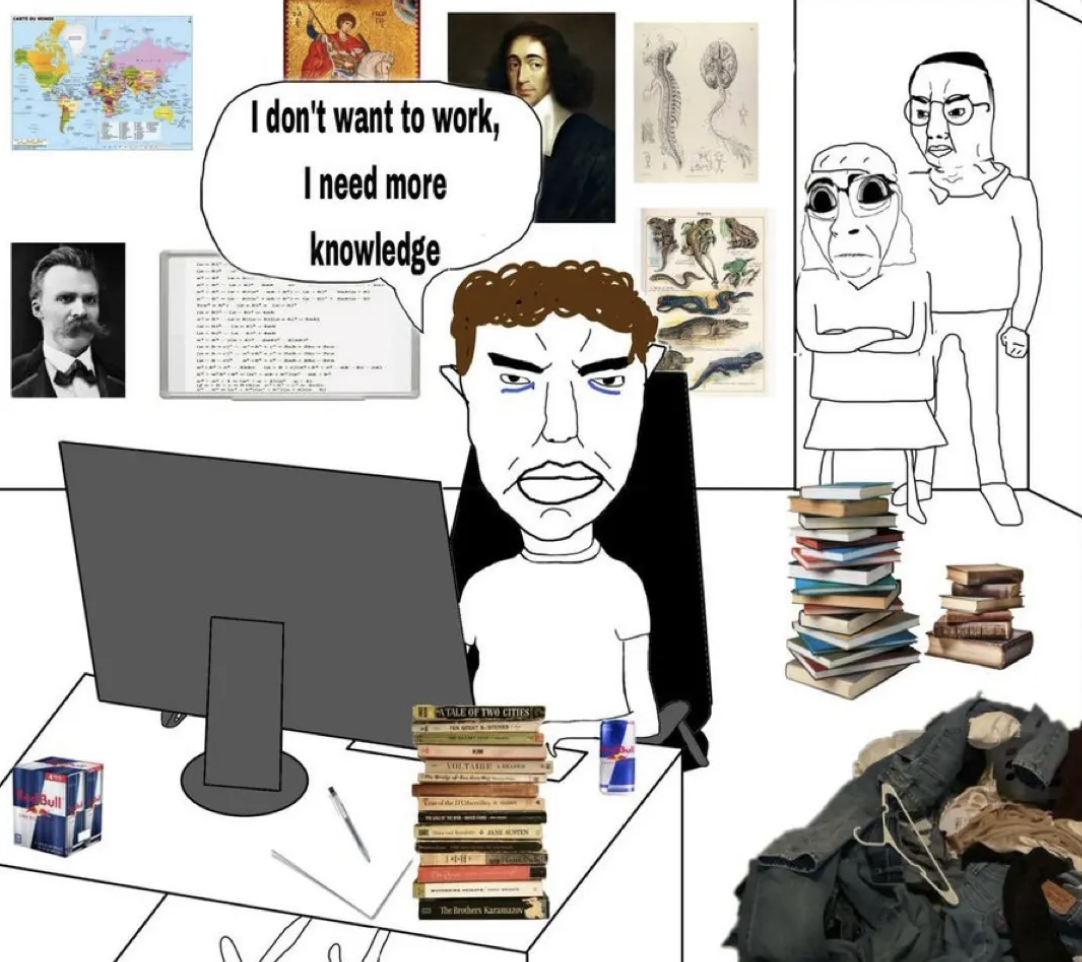As we close out the year and welcome a new decade, I took some time over the last few days to reflect on the cultural shifts that have defined the past decade and study market signals of what’s to come in the Roaring 2020s.
Here’s the Tldr: The 2010s will be remembered for transformational changes in the physical world brought to you by SoftBank, while the 2020s will foster a thriving creative scene like the Roaring Twenties.
Relax, old sport.

What to Look Forward to in the Roaring 2020s
The Roaring Twenties 2.0 will be mostly positive for a few reasons:
- Adobe paving the way for new tools
- Original content reigning supreme
- Design stack earning from new creators
- Celebrities breaking out as value-add investors and founders
Adobe in the Roaring 2020s
All eyes are on Adobe, but it’s still too f*cking expensive.
Adobe will serve as a positive signal to the public markets with a larger market cap than Salesforce and plenty of new opportunities for prosumer and professional-grade tools because Adobe is still too expensive and will keep going up.
Content in the Roaring 2020s
Original content will continue to be king as we binge our way into the nouveau niche genres.
Netflix, the top performing stock of the decade, gained more than 4,000% as it disrupted the media industry with its video streaming platform.
We’ll see even more original content and new, niche genres from the modern media giants Amazon, Netflix and now Disney+, while simultaneously facing the impending doom of our already shrinking attention spans when Quibi’s ‘seven to ten minute bites’ launch on April 6, 2020.
Creators in the Roaring 2020s
Everyone’s a creator = $$$ for the design stack.
Creating is the new American Dream. Individuals will pay out of pocket to produce better creative content — a catalyst for new tools across consumer, prosumer and professional-grade use cases — many venture-scale businesses will emerge.
Sadly, most consumers will monetize a small, but loyal base of followers to cover the operating costs for producing original work, while they continue to work full-time in less exciting occupations.
The same “rugged individualism” described in the Roaring Twenties 1.0 will drive dinner party discussions in the Roaring Twenties 2.0 where individuals will discuss their podcast, newsletter, creative endeavors and angel investments while quietly working normal jobs.
Meanwhile and somewhat counterintuitively, creatives and freelancers will face insane anxiety and see little to no financial upside in exchange for their full-time independence.

As consumer spending for luxury software including personal productivity, production for podcasts & original videos, design and other personal tools increases, so will the new opportunities for fractional ownership of luxury in the real world. Rally Road for cars, Otis for art and other technology companies owning various parts of the dinner party discussion stack.

Celebrities in the Roaring 2020s
Celebrities defend their position on current platforms and break out as angel investors, venture capitalists and venture-backed founders.
In the same way vaudeville performers seamlessly transitioned to the film industry with larger crowds and bigger salaries, celebrities will continue to have outsized distribution advantages on any new creative platform and create a high barrier to entry for new creators.
Celebrities will defend their positions on Instagram, TikTok and new social platforms. We can expect more to break out with their own venture-backed startups. Many will also learn how to become a VC and start their own funds.
“Can a celebrity get innovation before a creator gets distribution?” In most cases, yes. Triple threats, especially Hollywood angels, are the future of early stage investing.
Expect more:
- Celebrity brands
- Celebrity-backed startups
- New independent VC funds à la Serena Williams, Will Smith, Karlie Kloss
- a16z-like Cultural Leadership Funds where celebrity LPs co-invest alongside institutional investors.
Roaring 20s Trends from the 2010s
What we learned in the last decade:
- The “Industrial Revolution” brought to you by Softbank is cooling down for now.
- The capital intensive giants will mature with help from big tech leaders.
- The early builders transition smoothly to B2B.
Industrial Revolution Cools
1. The “Industrial Revolution” brought to you by Softbank is cooling down for now.
The ease of calling a car from your phone.
The convenience of ordering a healthy meal that arrives in 20 minutes or less.
The freedom of flexible office space and “video conferencing that doesn’t suck.”
2010s will be remembered for its convenient services that impact our quality of life.
We’ve seen incredible location flexibility and productivity gains driven by the sheer number of WeWork offices in 99 cities and 26 countries combined with Zoom’s ability to consistently deliver “video conferencing that doesn’t suck” that has scaled into 5 billion monthly meeting minutes and a $100M IPO.
We’ve also seen Uber and WeWork — arguably the two most influential and transformational companies for daily life — face a great deal of public scrutiny for gross mismanagement magnified by voices on social media and the overall capital intensive nature of the businesses.
Outside of the investing world, consumers haven’t noticed — or cared — that WeWork and Uber cost SoftBank’s Vision Fund a quarterly loss of $8.9 billion.
Consumers will continue to use SoftBank-backed services and new market entrants will struggle to raise enough venture capital to compete with well-funded giants as investors shift focus to higher margin businesses. New market entrants will serve as small acquisition targets and struggle to scale into $1B+ stand-alone businesses.
On the bright side, we’re patiently awaiting both Uber and WeWork’s highly anticipated films. An itch we haven’t scratched since the debut of two Fyre Festival documentaries in early 2019.
Businesses Scale
2. The capital intensive giants will mature with help from big tech leaders.
Capital-intensive businesses will scale with help from big company operators who can:
- Cut overall operating costs
- Expand into new markets
- Launch new lines of business to unlock additional revenue streams
Builders Transition
3. The early builders transition smoothly to B2B.
Early product builders at capital-intensive consumer tech companies will transition smoothly to higher margin workplace software by productizing internal tools they’ve previously built and applying high-growth consumer best practices to professional-grade products and legacy tools.
I’m betting on the consumerization of enterprise and why outsiders (consumer product builders) are likely to build the next great product at work.
“The next generation of applications for the workplace sees people spinning out of Uber, Coinbase and Airbnb,”
“They’ve faced challenges inside their highly efficient tech company so we are seeing more consumer product builders deeply passionate about the enterprise space.”
What to Expect from the Roaring 2020s
Where we’re going in the next decade:
- “Rugged individualism” will drive dinner party discussions: individuals will discuss podcast, newsletter and creative endeavors before full-time work. However, few will actually thrive in their creative endeavors.
- In the same way vaudeville performers were recruited by the film industry for larger salaries and more distribution, celebrities have outsized distribution advantages on any new creative platforms, which create a high barrier to entry for new creators and influencers.
- Many successful companies will be built on the back of Creative Capitalism across consumer, prosumer and professional-grade use cases, individuals will pay out of pocket to produce better creative content. Most will monetize a small base to cover the operating expenses for creative work while continuing to advance in their full-time occupation.
Liked this story? Also check out:





